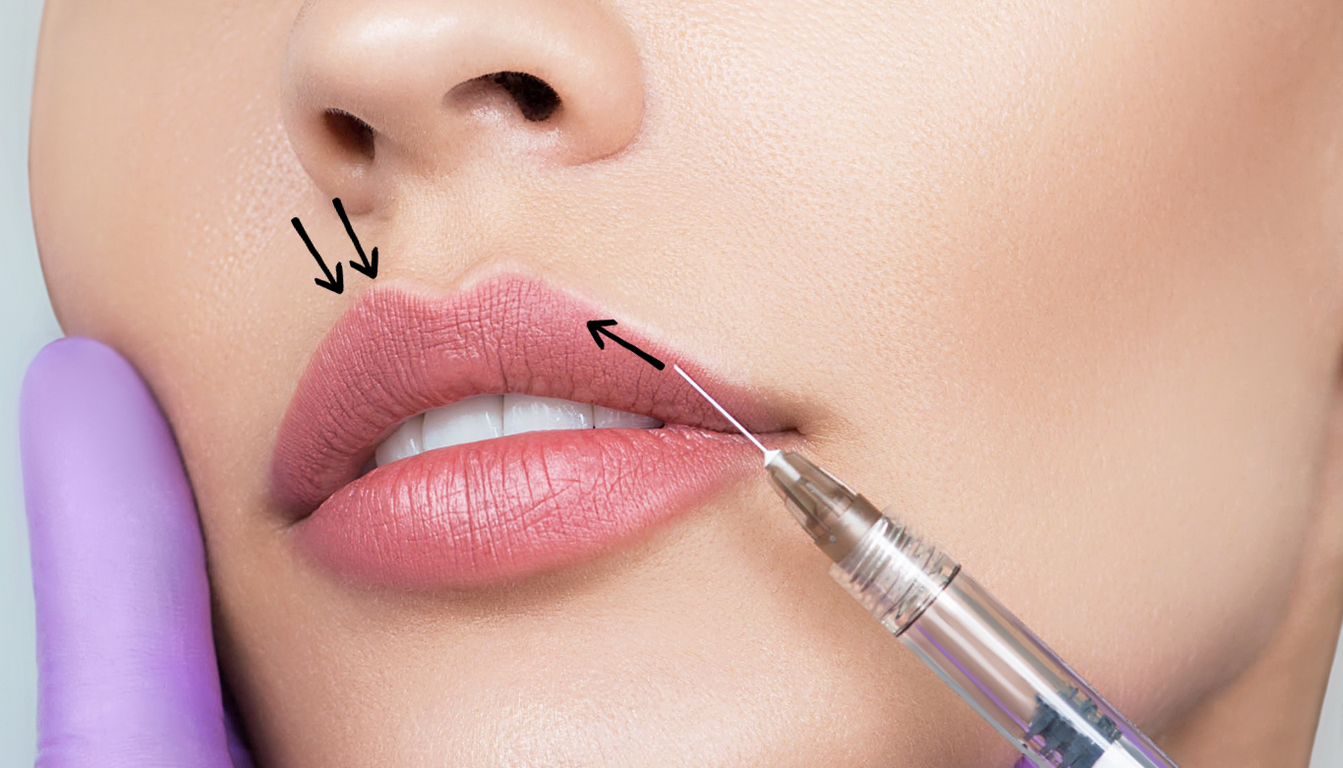
The pursuit of aesthetically pleasing, voluminous lips has driven innovations in cosmetic dermatology for decades. While traditional dermal filler applications often focused on augmenting volume across the entire lip body, creating a generalized plumpness that sometimes projected outward, a newer, highly specialized approach has emerged from Eastern Europe: the Russian Lip Technique. This method, which has rapidly gained global traction, fundamentally shifts the paradigm of lip augmentation. It moves away from merely increasing projection and volume towards meticulously sculpting the lip to achieve a defined, heart-shaped contour reminiscent of Russian stacking dolls, or matryoshka. The difference is not just in the final look, but in the intricate injection pattern and the philosophy guiding the placement of the hyaluronic acid filler. It demands a level of precision and anatomical mastery that elevates it far beyond standard lip filling, placing it firmly in the realm of advanced aesthetic artistry. Understanding this technique requires an appreciation for the subtle yet profound changes it introduces to the vermilion border and the central lip structure, focusing intently on verticality rather than forward protrusion.
It moves away from merely increasing projection and volume towards meticulously sculpting the lip
The defining characteristic of the Russian Lip Technique lies in its vertical injection strategy. Unlike conventional methods where a needle or cannula is often inserted horizontally from the corner of the mouth to deposit filler along the wet-dry border, the Russian method involves multiple micro-injections administered vertically into the lip, specifically from the base (vermilion border) towards the cupid’s bow. These injections are strategically placed in small “tents” or pillars. This technique aims to lift and evert the lip tissue, emphasizing the central ‘V’ shape of the cupid’s bow and creating a distinct vertical ridge that separates the lip from the surrounding skin. The result is a more lifted, higher profile that minimizes the outward projection often associated with over-filled or “duck” lips. The filler is deposited deep within the lip tissue, near the junction of the red lip and the oral mucosa, which provides a structural scaffold that pulls the lip upwards and slightly outwards, but primarily up. The focus is on contour and height, often achieving a flatter profile when viewed from the side, which is a major differentiator from techniques that focus solely on overall volume.
The Russian method involves multiple micro-injections administered vertically into the lip
The impact of this highly specific injection pattern on the anatomical structure of the lips is significant. By injecting filler vertically and deeply, the technique directly supports the lip’s internal architecture. It works to enhance the natural tubercles (the small mounds or cushions within the lip) rather than simply masking them with uniform volume. A crucial element of this approach is its concentrated focus on the central two-thirds of the lip, often sparing the corners entirely. This deliberate non-treatment of the lateral commissures is key to avoiding the artificial widening and outward-turning of the corners, a common tell-tale sign of aggressive standard lip filler. By keeping the filler centralized, the practitioner enhances the height and definition of the philtrum columns and the crispness of the cupid’s bow, which are hallmarks of a youthful and defined lip structure. This targeted placement requires meticulous staging; the procedure is often performed in a series of careful layers, which can prolong the treatment time compared to a standard lip augmentation, but the attention to detail is non-negotiable for achieving the desired aesthetic outcome.
A crucial element of this approach is its concentrated focus on the central two-thirds of the lip, often sparing the corners entirely
The choice of dermal filler and the precise volume administered are also tailored specifically to the Russian technique. Given the goal of structural lift and definition, a high-viscosity, high-G-prime hyaluronic acid filler is typically preferred. These fillers are firmer and more resilient, offering the necessary structural support to physically lift the lip tissue against gravity and maintain the sharp, defined vertical pillars. However, the artistry lies in using minimal volume to achieve maximal structural change. Overfilling, particularly with a high-G-prime product, can lead to palpable lumps or an unnaturally stiff appearance. Therefore, practitioners skilled in this technique often use smaller amounts of product—sometimes as little as 0.5 mL to 1.0 mL—distributed across a much larger number of injection points. The smaller, highly controlled boluses of filler are placed exactly where they are needed to create the internal scaffolding, contrasting sharply with the larger, smoother deposits often used in generalized volumization. This method inherently requires an injector with an advanced understanding of facial anatomy, excellent hand-eye coordination, and considerable experience with varied injection depths.
The artistry lies in using minimal volume to achieve maximal structural change
Patient selection and pre-treatment planning for the Russian Lip Technique are more complex than for a typical lip augmentation. The ideal candidate is someone who desires a high degree of vertical definition and lift, possesses relatively thin or flat lips, and does not have significant pre-existing volume loss or pronounced asymmetry that requires generalized correction. Patients who already have significant forward projection or are seeking to correct pronounced upper lip wrinkles may require a hybrid approach or a completely different technique. Crucially, the Russian method often works best when building the structure from a relatively flat foundation. Patients who have had previous filler treatments, particularly those with residual filler that has migrated or been deposited using a different technique, must often undergo hyaluronidase dissolution—the melting of the old filler—before the Russian technique can be successfully applied. Attempting the vertical pillar strategy on top of existing, horizontally placed filler can lead to unpredictable, unnatural results and is strongly advised against by experienced practitioners. This preparatory step underscores the commitment to a clean slate, emphasizing the foundational nature of the Russian technique’s structural philosophy.
Patients who have had previous filler treatments must often undergo hyaluronidase dissolution
The immediate post-procedure experience with the Russian Lip Technique differs notably from standard lip filling due to the high number of injection points. While any lip augmentation can cause swelling and bruising, the trauma induced by the numerous micro-injections along the entire vermilion border often results in more pronounced and immediate swelling. The lips can appear significantly swollen, almost dramatically so, in the first 48 to 72 hours, which can be alarming to the uninitiated patient. This swelling is a direct consequence of the extensive tissue manipulation and the sheer volume of needle passes. Furthermore, because the filler is placed more superficially to enhance the sharp border, there is a slightly increased risk of small, pinpoint bruises appearing along the lip line. Patient counseling must be explicit about this intense initial period. The final, refined result only becomes apparent after this significant swelling has entirely subsided, which can take up to two weeks. The practitioner’s ability to communicate this recovery trajectory is a key component of patient satisfaction, ensuring the temporary, dramatic swelling is not mistaken for the final aesthetic outcome.
The lips can appear significantly swollen, almost dramatically so, in the first 48 to 72 hours
The focus on vertical tenting and elevation also presents a unique set of technical challenges and potential complications. The technique demands precise control over needle depth and angulation. Injecting too superficially can lead to visible white or bluish bumps (known as the Tyndall effect) along the lip line, while injecting too deeply in the wrong plane can compromise the intended structural lift. A more serious concern is the theoretical increase in the risk of vascular occlusion, though this risk is present with any filler injection. The vertical, repeated passes in a relatively confined area, particularly around the labial artery, require the injector to be acutely aware of anatomical landmarks and the subtle signs of vascular compromise. Furthermore, because the goal is high definition, any asymmetry in filler placement is immediately noticeable. This unforgiving nature is precisely why the Russian Lip Technique is classified as an advanced procedure, necessitating certification and demonstrated proficiency beyond basic filler training. It is a technique where the margin for error is significantly smaller than in general lip volumization.
The technique demands precise control over needle depth and angulation
For patients seeking this look, a thorough, individualized consultation is non-negotiable. The consultation should move beyond merely showing ‘before and after’ photos and delve into a detailed discussion of the patient’s existing anatomy—including the vertical height of their lips, the prominence of the philtrum, and the integrity of the vermilion border—to determine if the Russian technique is truly the most appropriate path to their desired result. Sometimes, a modified or hybrid approach may be more suitable, combining the vertical lift philosophy with strategic horizontal placement in other areas to harmonize the overall facial features. For example, a patient with a very wide mouth may benefit from the vertical lift in the center but require minimal corner support to prevent an overly pinched appearance. The skilled injector will tailor the technique, not merely replicate a rigid, pre-set injection pattern. The discussion should also explicitly address the temporary post-procedural appearance and the commitment required for successful healing, ensuring a realistic timeline for seeing the final, sophisticated definition.
The consultation should move beyond merely showing ‘before and after’ photos and delve into a detailed discussion of the patient’s existing anatomy
The appeal of the Russian Lip Technique stems from its ability to achieve a highly sought-after aesthetic: a defined, lifted, and non-projecting profile. In an era where subtle, sophisticated enhancement is prioritized over obvious augmentation, this technique offers a distinct advantage by avoiding the tell-tale “sausage-like” or shelf-like look of over-filled lips. The focus on defining the height and the cupid’s bow aligns perfectly with the current trends emphasizing structure, rather than just volume. This shift in aesthetic preference highlights the evolving role of dermal fillers, moving them from simple volumizers to precision sculpting tools. The demand for this specific look also places an increasing pressure on practitioners to invest in specialized training, thereby raising the overall standard of care in the field of aesthetic medicine, as this level of detail filters down into general practice. The technique itself is a testament to the fact that subtle structural changes can yield dramatically different, and often more natural-looking, results than brute-force volume addition.
The focus on defining the height and the cupid’s bow aligns perfectly with the current trends emphasizing structure
Ultimately, the Russian Lip Technique represents more than just a passing trend; it signifies a maturation in the art and science of lip augmentation. It shifts the emphasis from the quantity of the filler used to the quality and precision of its placement. By prioritizing vertical lift and central definition, it moves the aesthetic outcome closer to a naturally youthful and defined lip structure, setting a new benchmark for what constitutes an expertly augmented lip. It is a powerful example of how nuanced injection strategies, rooted in a deep understanding of facial anatomy and aesthetic proportionality, can deliver results that are both transformative and yet inherently more sophisticated than previous methodologies. The technique is a commitment—a commitment from the practitioner to precision and a commitment from the patient to a specific, structured aesthetic and a more involved recovery process. This comprehensive understanding ensures that the popular technique is applied correctly, safely, and with the ultimate goal of achieving structural beauty.
